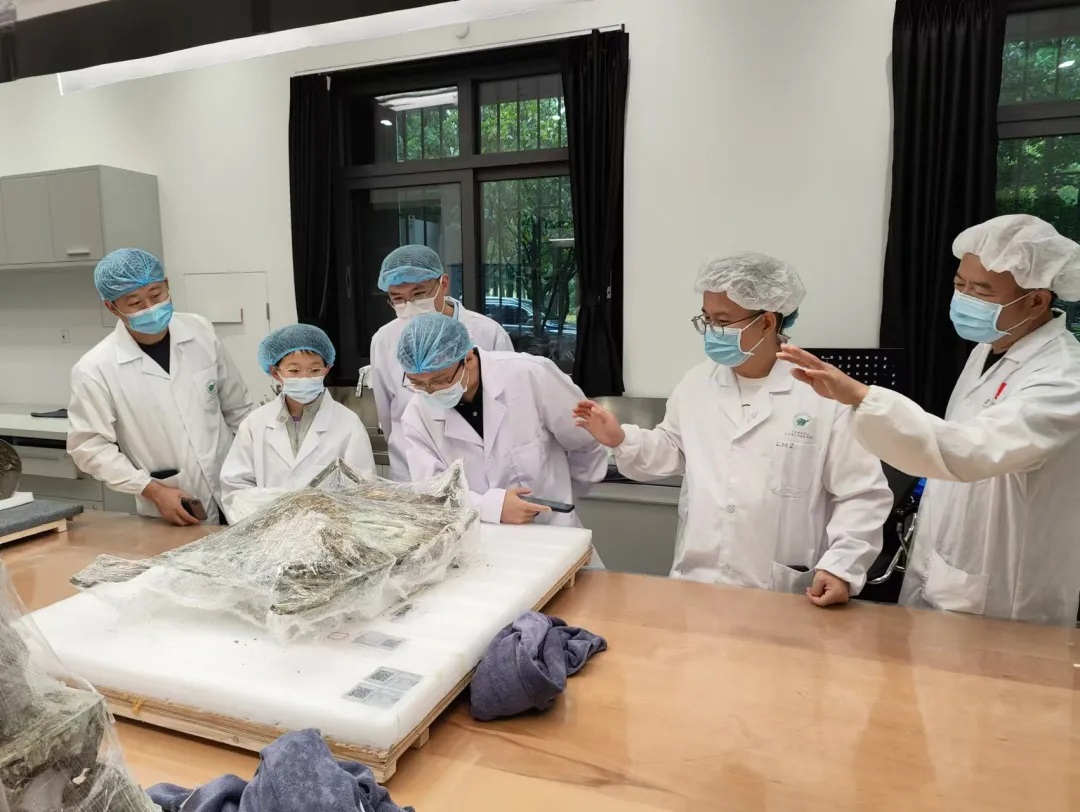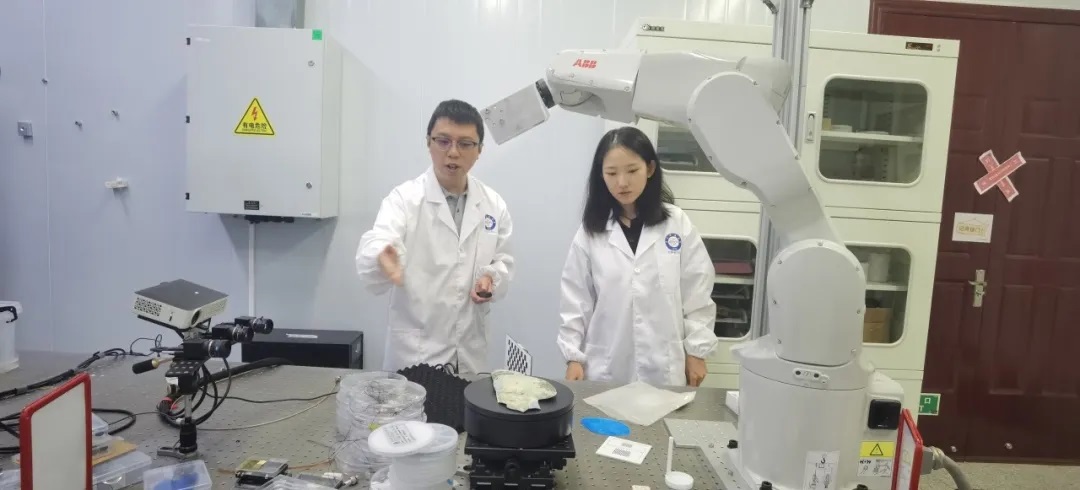"Cross-Time" Dialogue! Hardcore Technology Unveils Secrets Hidden in Sanxingdui Artifacts!
2024-08-23 15:45:29 by SICC
Invisible terahertz waves sweep across the mottled surfaces of Sanxingdui bronze artifacts, allowing scientists to engage in a "cross-time" dialogue with ancient craftsmen.
Led by Hu Min, head of the Terahertz Science and Technology Laboratory at the University of Electronic Science and Technology of China, a research team is collaborating with Zhejiang University, the Sichuan Provincial Cultural Relics and Archeology Research Institute, and the Sanxingdui Museum. They are using an internationally first-of-its-kind terahertz near-field imaging system based on vacuum electronic devices to perform tomographic imaging analysis of Sanxingdui bronze artifacts. This is the first global instance of using terahertz waves for tomographic imaging analysis of bronze relics

"Terahertz waves, abbreviated as THz, refer to electromagnetic waves with frequencies ranging from 0.1 THz to 10 THz, with wavelengths between approximately 0.03 millimeters and 3 millimeters," said Hu Min. Compared to technologies like X-rays, which have ionizing properties, terahertz waves have very low photon energy and do not cause harmful ionizing reactions. This allows researchers to understand the internal structure and material composition of artifacts without damaging them, and also ensures safety for the researchers. "It can penetrate most non-metallic materials, and by analyzing the multi-layer reflections of terahertz pulses within an object, we can obtain information on the layered structure of materials without slicing the artifact."
Postdoctoral researcher Zhang Xiaoqiuyan explained that, for example, in identifying the rust layer of Sanxingdui bronze artifacts, researchers first use structured light technology to quickly construct a three-dimensional profile of the artifact, creating a "digital map." Based on this map, researchers then use intelligent algorithms to plan the terahertz wave scanning path, ensuring vertical incidence for accurate identification of rust layer thickness.

Terahertz wave scanning employs femtosecond pulses for time-of-flight imaging, providing preliminary surface layer information within 10 minutes after the artifact is unearthed. Additionally, it achieves high-resolution imaging, with thickness identification accuracy down to 10 micrometers and horizontal precision of 50 nanometers.
The laboratory will leverage its advantages in terahertz technology to provide non-destructive testing and damage diagnosis support for artifacts from the Sanxingdui site. A consensus has been reached with the Sanxingdui Museum to conduct in-depth cooperation on archaeological research, artifact preservation, and cultural heritage related to the Sanxingdui site.